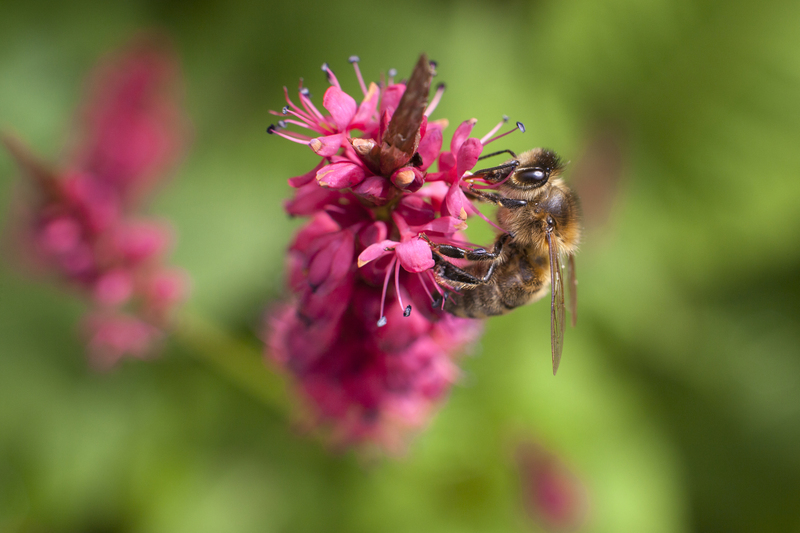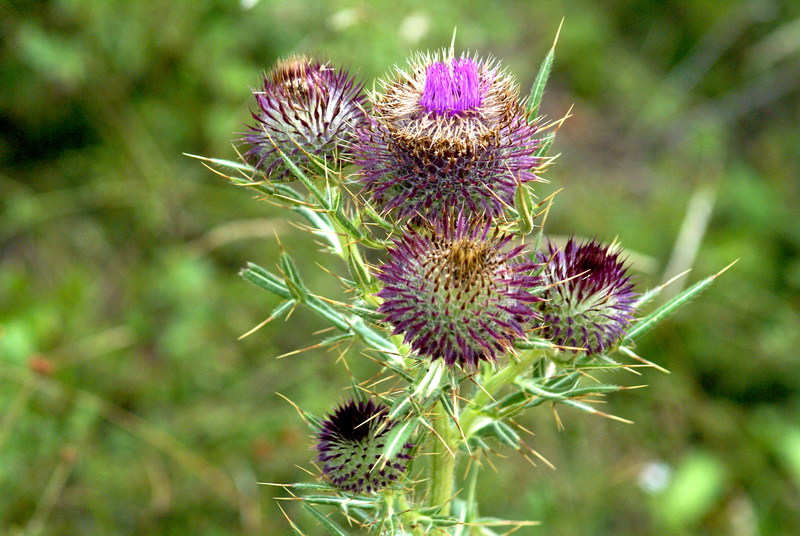Top Tips for Effective Home Mulch Use
Posted on 08/05/2025
Mulching is an essential practice in gardening and landscaping that provides numerous benefits, such as moisture retention, weed control, and enhancing the overall aesthetics of your garden. However, to reap the maximum benefits from mulch, it's essential to use it correctly. In this article, we will delve into the top tips for effective mulch use in your home garden.
1. Choose the Right Type of Mulch
There are various types of mulch available, including organic and inorganic options. Organic mulches, such as bark, wood chips, straw, and compost, decompose over time, providing nutrients to the soil. Inorganic mulches, like gravel, stones, and plastic, do not decompose but offer long-lasting ground cover. Select a type that suits your garden's needs and preferences. For vegetable gardens, organic mulch is often recommended because of its nutrient benefits.

2. Apply the Right Amount of Mulch
Applying too much or too little mulch can be detrimental to your garden. Generally, a 2-4 inch layer of mulch is ideal for most garden beds. Thicker layers may induce water logging and root rot, while thinner layers may not provide adequate weed suppression and moisture retention.
3. Prepare the Soil Before Mulching
Before applying mulch, ensure the soil is well-prepared. Remove any weeds and water the soil thoroughly. Adding a layer of compost or a slow-release fertilizer before mulching can also help provide additional nutrients to your plants.
4. Keep Mulch Away from Plant Stems
When applying mulch, make sure to keep it a few inches away from plant stems and tree trunks. Piling mulch against stems can promote rot and create environments for pests and diseases. Instead, form a doughnut-shaped ring around plants and trees.
5. Replenish Mulch Annually
Organic mulches decompose over time and need to be replenished to maintain their benefits. Check your mulch layer yearly and add more as needed to keep the thickness in the optimal range. This will help maintain soil health and continue to suppress weeds effectively.
6. Utilize Mulch for Different Garden Areas
Different garden areas require specific mulching practices. For instance, perennial beds benefit from a light layer of mulch, while vegetable patches may need more substantial mulching to maintain soil temperature and moisture. Tailor your mulching approach to each garden area for the best results.
7. Choose the Right Time to Mulch
Timing your mulching application properly is crucial. It's best to mulch in late spring after the soil has warmed up but before the heat of summer. This way, mulch helps retain soil moisture and reduces the need for frequent watering. Avoid mulching in late fall if you live in a region with cold winters, as this can delay soil warming in the spring.
8. Consider the Aesthetic Value
Mulch not only contributes to plant health but also enhances the appearance of your garden. Select a mulch color and texture that complement your garden's design. For a unified look, consider matching the mulch type to the landscape's overall theme and style.
Pros and Cons of Mulching
Pros:
- Retains soil moisture, reducing the need for frequent watering.
- Suppresses weed growth, minimizing garden maintenance.
- Improves soil fertility and structure over time.
- Protects plant roots from temperature extremes.
- Enhances garden aesthetics.
Cons:
- Improper application can cause plant stem rot and pest problems.
- Organic mulch needs to be replenished periodically.
- Some types can be expensive and labor-intensive to apply.
- Inorganic mulch does not improve soil fertility.

Takeaways
- Select the appropriate mulch type for your garden needs.
- Apply the right amount of mulch and keep it away from plant stems.
- Prepare your soil well before mulching.
- Replenish organic mulch annually to maintain effectiveness.
- Consider the timing and aesthetic benefits of mulching.
Conclusion
Mulching is an invaluable practice for any home gardener, offering ways to conserve moisture, reduce weeds, and enhance soil health. By following these top tips, you can ensure effective mulch use in your garden, leading to healthier plants and a more beautiful landscape. Whether you choose organic or inorganic mulch, proper application and maintenance are key to maximizing its benefits. Implement these strategies to enjoy a flourishing and well-maintained garden year-round.



